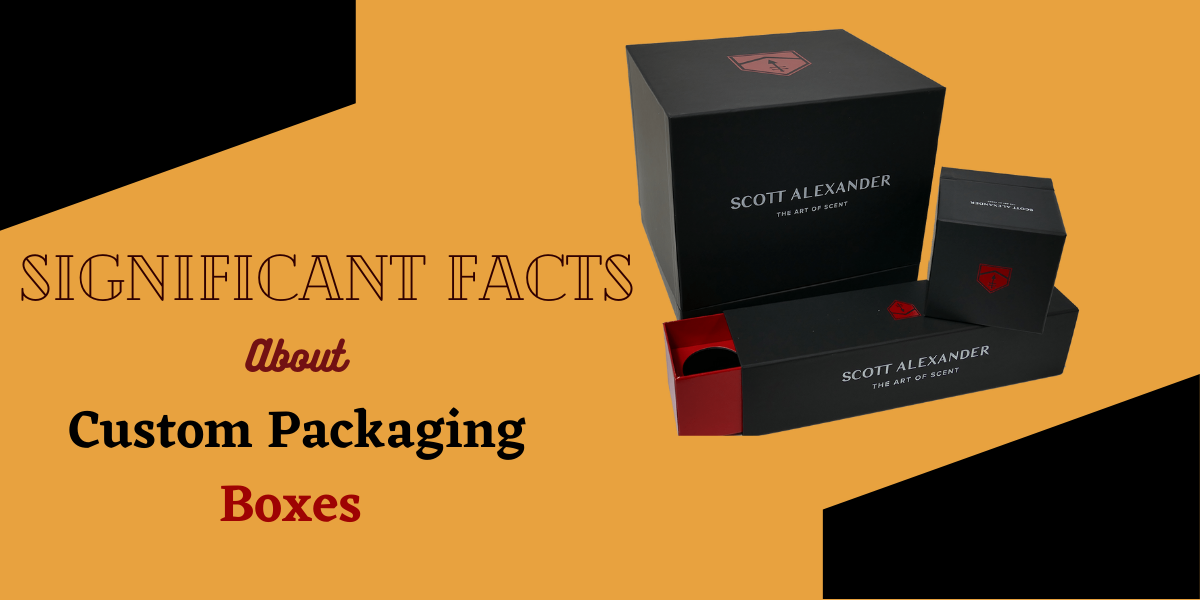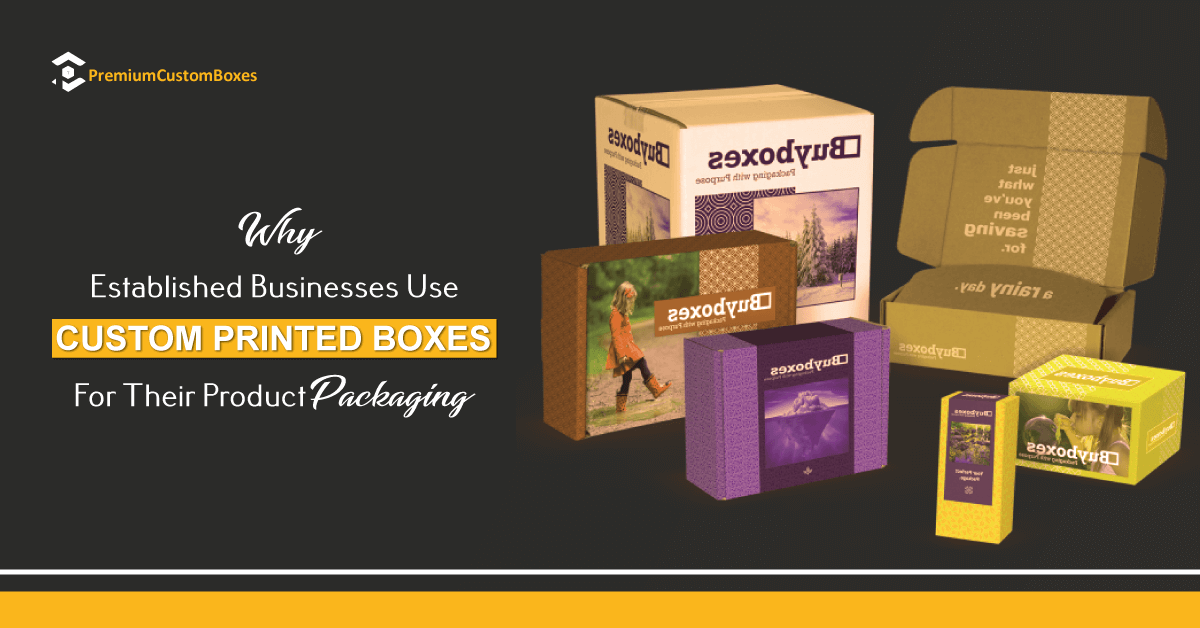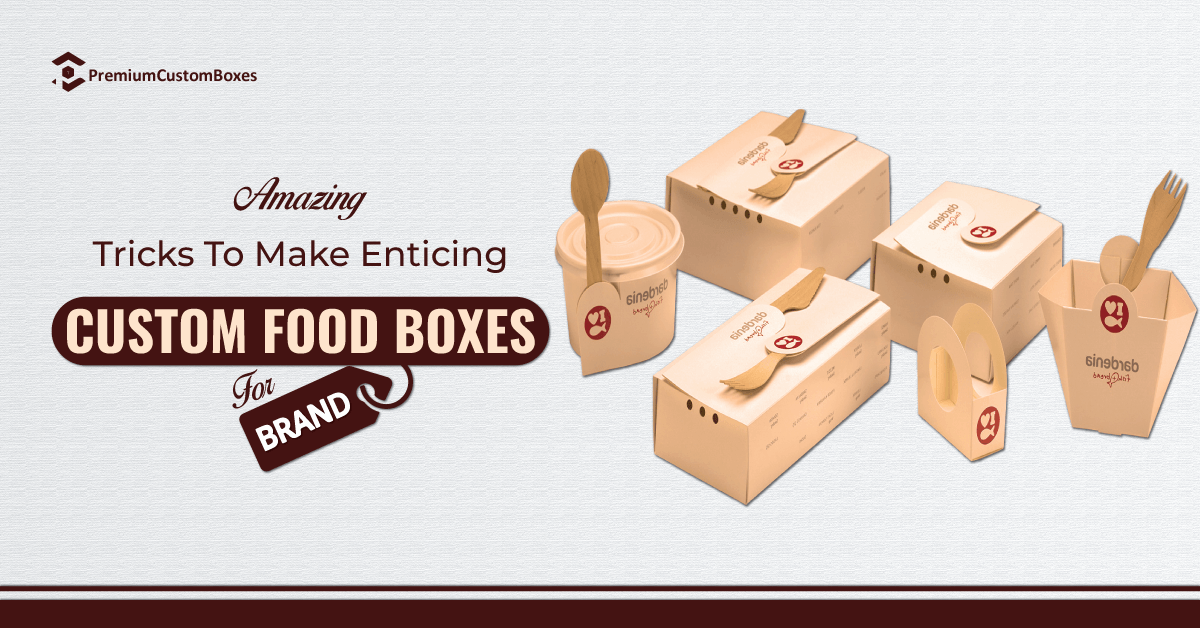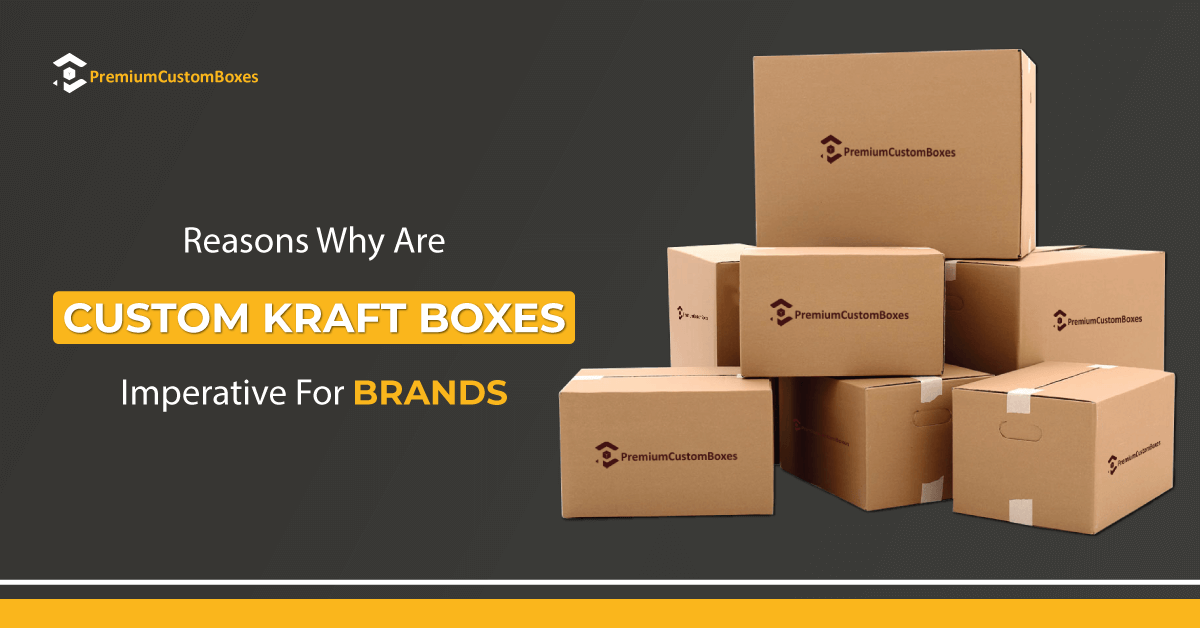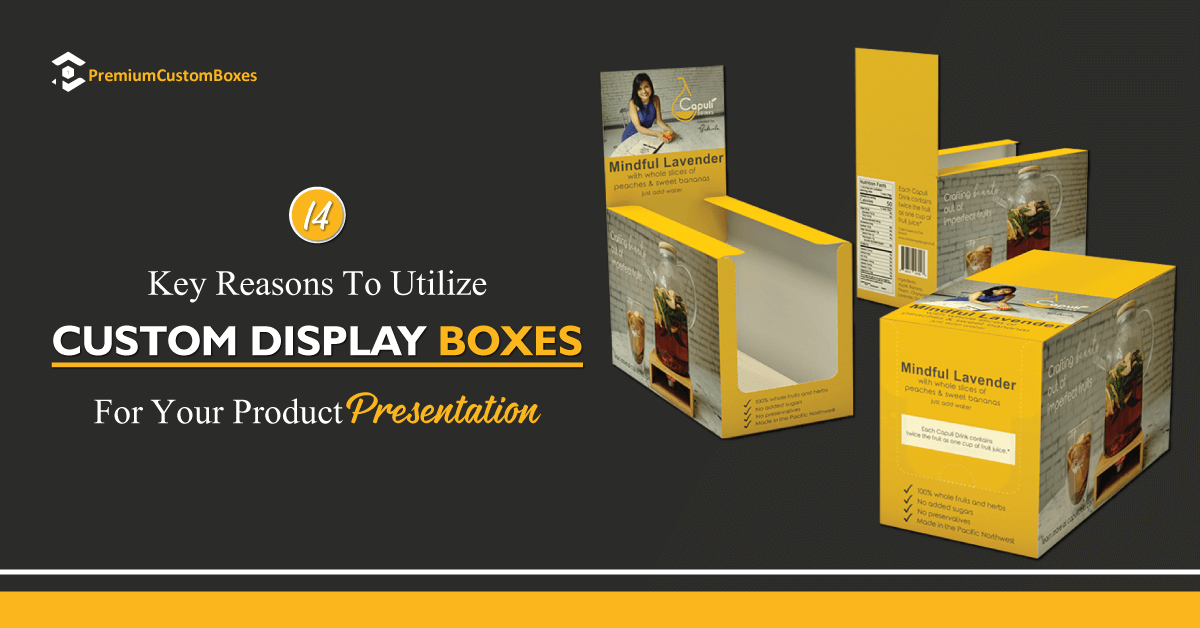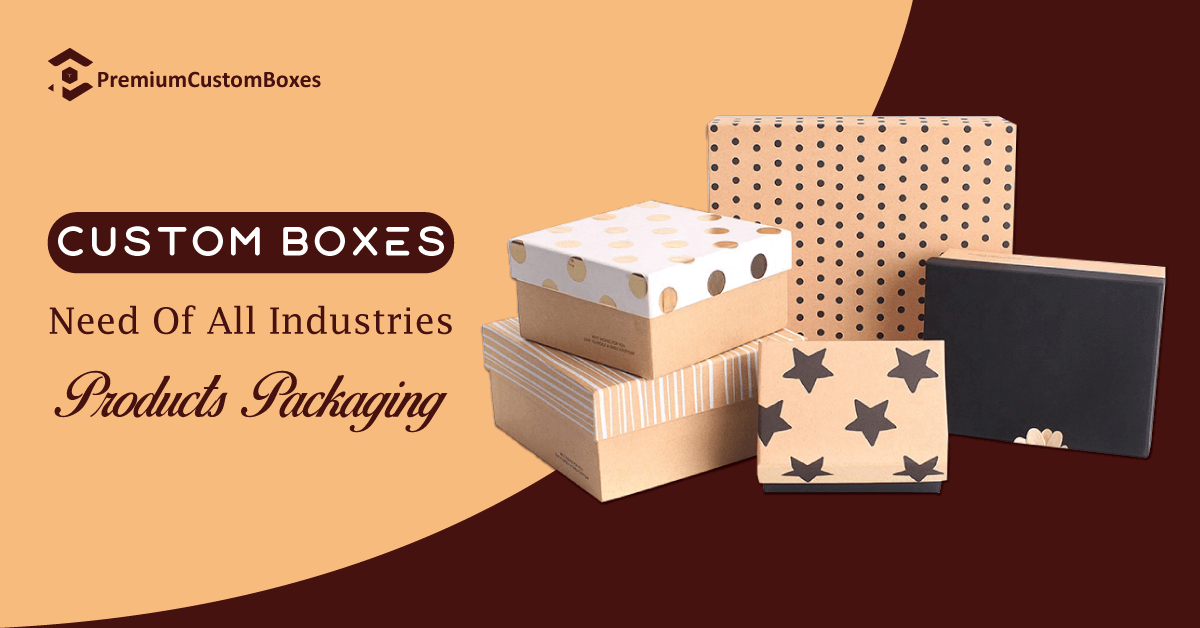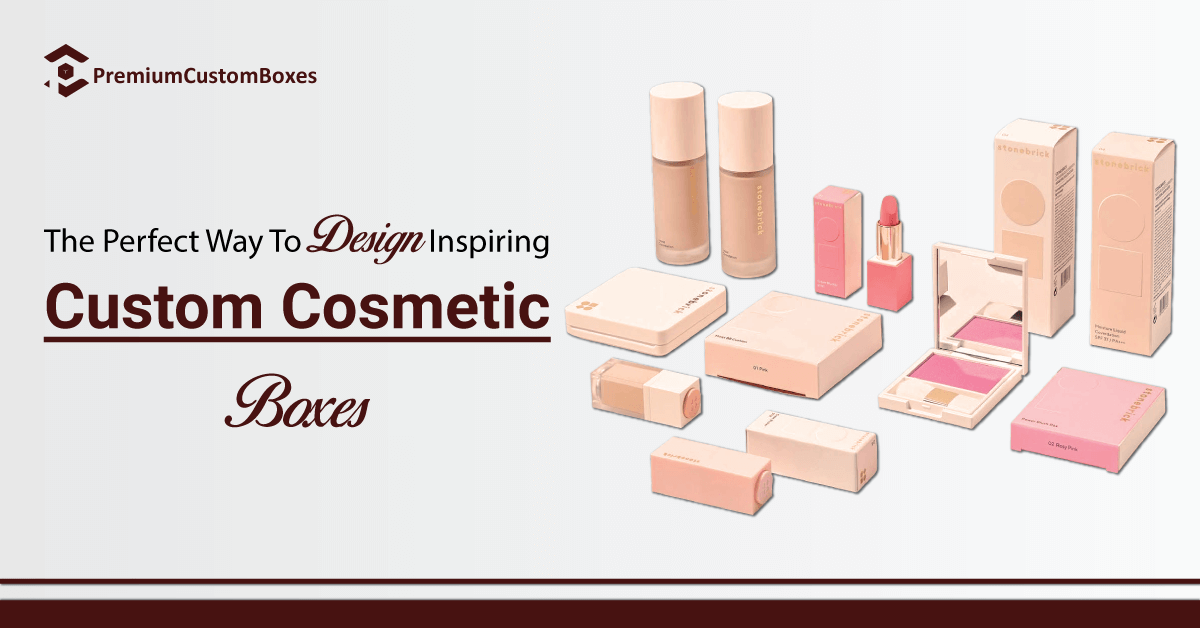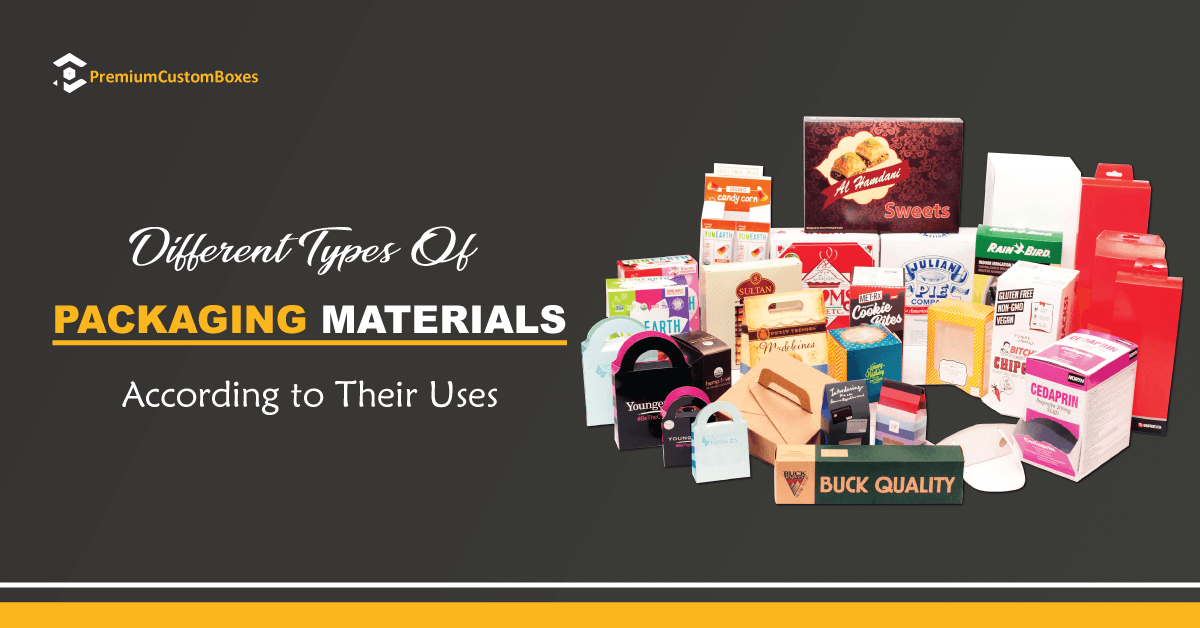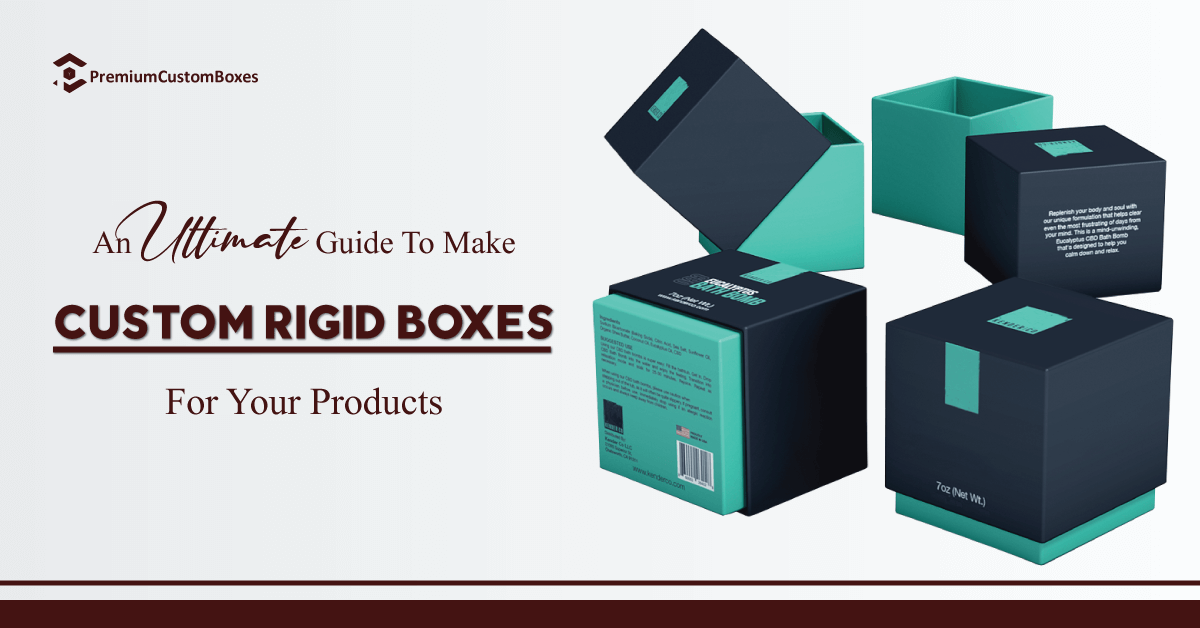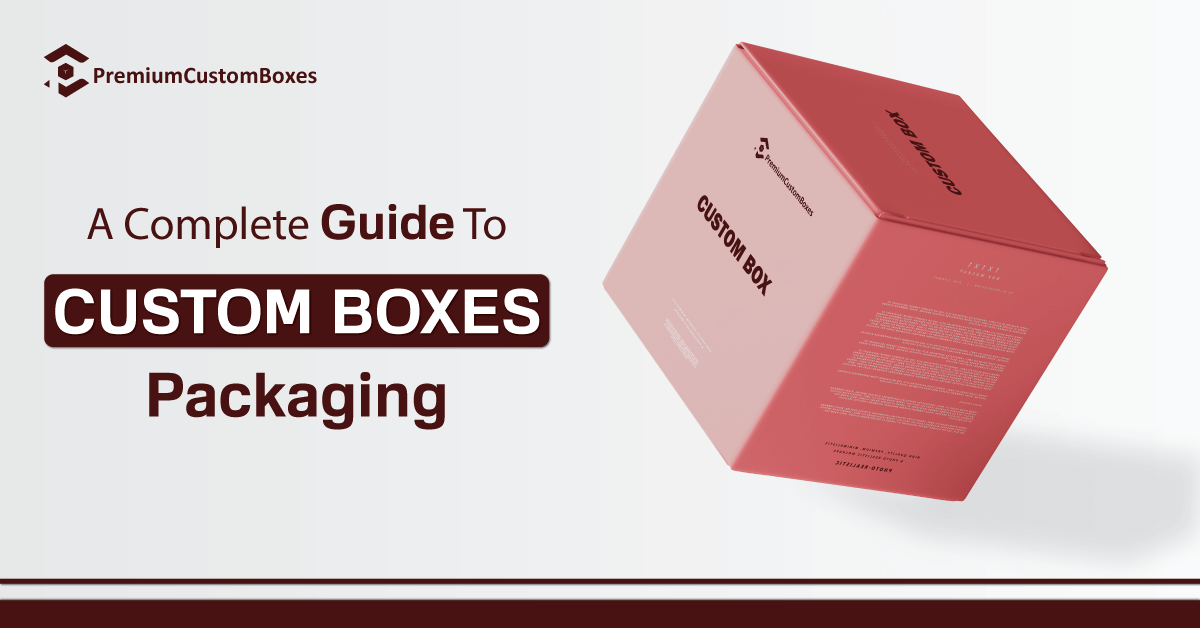
Barcode On Packaging: Instructions to Use

On food products, on books, parcels and even on medicines, the barcode is everywhere! If we are particularly familiar with the EAN format, there are a multitude of different types.
Do I necessarily have to put a barcode on my new product? How can I simply integrate it into my packaging? Well, lets zoom on one of the essentials of the commercial sector.
Contents
1 What is a barcode for?
1.1 How is a barcode composed?
1.2 Do I need a barcode for my products?
2 What type of barcode to choose?
2.1 The different types of barcode
2.1.1 One-dimensional (1D) barcodes
2.1.2 Two-dimensional (2D) bar codes
2.1.3
3 How do I choose my labels?
3.0.1 Should I switch to the QR Code?
4 How to get a barcode?
4.1 I subscribe
4.2 I pay the subscription
4.3 I produce my barcode
4.4 Should I use a barcode generator?
5 Where to place my barcode?
6 Equip yourself to read a barcode
7 I entrust my packaging to a professional printer
What Is A Barcode For?
A barcode is a simplified way of identifying each product in a unique way. Behind its black and white sequence of variable size hides a multitude of data related to the product in question. Information that today is enough to scan where it used to be done by hand!
In short, the barcode allows both better management of stocks, inventories, accounting as well as increased traceability of each product. The location, origin, quantity of items can now be seen in the blink of an eye.
And if more than 6 billion EAN / UPC GS1 codes are scanned every day around the world, it is because the process increases business productivity while reducing costs ! A considerable time saving which will undoubtedly benefit your activities.
How Is A Barcode Composed?
We will take the example of the GS1 13-digit codes which remain the most used in the mass market sector. A code of this type breaks down as follows:
- The country of origin prefix of the product: Represented by the first 2 or 3 characters (300 to 379 for France).
- The company prefix: 3 or 4 following digits, assigned by the GS1.
- The article: 6 figures, freely assigned by the company.
- The key: Finally, it allows you to check the validity of the code based on the previous 12 digits.
The first 3 digits from 300 to 379 correspond to France. 400 to 440 in Germany, 500 to 509 in the United Kingdom for example.
Do I Need A Barcode For My Product Packaging?
Generally yes, the process proves to be practical for all daily logistics operations. In fact, most retailers today tend to require a barcode on new products. Whatever your sector, it is certain that a barcode will find its utility both in the warehouse and in store!
What Type Of Barcode To Choose?
A barcode must be chosen according to the product, its use and the surface available. For example, choose an 8-digit EAN code for small items and an ISBN for a book, knowing that it will also be possible to transform it into a barcode later.
If in doubt, and if it is not a question of food products, one can also turn to Code 39 which is universally used and read by most devices. This is not the case with Code 128, which we appreciate however for its condensed structure ideal for reduced surfaces.
In short, many options to consider. Without forgetting the question of packaging design and its consistency with the whole!
The Different Types Of Barcode
Generally, there are two families of bar codes, namely:
One-Dimensional Barcodes (1D)
Very simple to produce, they remain the most used today but we regret the limited amount of information contained. It is all the same in this category that we find the EAN (European Article Numbering) codes with 8 or 13 characters, known to be the most common in Europe.
Among the many forms available, we will also find:
- Codes 39: Present in the automotive sector in particular. Rather suitable for old readers, they are rarely used anymore.
- Codes 49: Widely used in the defense or health sectors, they make it possible to code a large amount of data over a small area.
- Or codes 128: Able to use 128 different characters, against only ten for the EAN! Mainly used in industry and freight companies.
It is on packages that we mainly find I Two of Five (ITF) barcodes.
Two-Dimensional (2D) Bar Codes
Coded and read both horizontally and vertically, there is a larger amount of data. The different variants include, for example:
- Datamatrix: Capable Of Storing More Than 3000 Characters. Perfect For Labeling Documents And Very Small Items.
- Aztec: Found In The Transport Sector, On Train Tickets In Particular.
- QR Codes: Or Quick Response Code. Very Fashionable Thanks To Smartphones, Their Ease Of Production Allows Them Rapid Growth.
2D barcodes are gaining popularity in the advertising and distribution industries.
How To Choose My Labels?
The label format will vary depending on the barcode chosen. Rectangular for a 1D barcode, square for a QR Code, it will also be noted that the dimensions of the label will have an impact on the amount of data contained on the barcode.
For example, a label 50 mm wide will force a Code 39 to contain only 15 characters maximum. In the case of a small area, we will prefer Code 128 or a 2D barcode.
Should I Switch To The QR Code?
The QR Code is constantly gaining popularity in the world of communication, and it is not difficult to understand why. Accessible to all, inexpensive, it allows storage that is both rapid and extended through more than 4200 characters. If it easily won the hearts of consumers, it seems however that it is for its modern and playful aspect.
A quick scan of the QR Code with the camera of a smartphone thus unlocks various actions (launching an application, accessing a game, opening a site …) and inevitably, it pleases.
In terms of installation, it also has everything good since it prints with ease without requiring too much space. To be considered in the context of interactive packaging or to strengthen the “communication” function of your packaging. We can however do without it according to the guideline followed by the company.
Once again, it is your activity that will define the contours of your final barcode!
How Do I Get A Barcode?
In Europe, to obtain a barcode, it will generally be necessary to call on a concerned agency which is the reference organization. The procedure will be carried out in three stages.
- An issue of Siren (KBIS of the company).
- The intra-community VAT number, if applicable.
- The NAF Code.
Pay The Subscription
Membership necessarily ends at the settlement stage. The amount will depend on the turnover reported by the company, and may vary from € 85 for a small structure to € 4,500 for a large company.
Produce My Barcode
The payment of the subscription entails the allocation of a company prefix by GS1 France. It is now possible for you to create your own barcode!
Should I Use A Barcode Generator?
What you need to know is that the authorities are simply responsible for assigning the company prefix, the rest of the creation belongs to you!
A barcode generator will then be useful for assembling all the required identifiers in the correct order . You will then have to define the type of code desired and then, after filling, download the newly created code to associate it with the product concerned.
The method is simple, fast and much more flexible than creating a barcode via Microsoft Office for example. It is the one that we will favor.
Where To Place My Barcode?
At this last stage, we will try to respect certain standards in terms of positioning but also printing. On the color side, if the creation of packaging allows all the fantasies, we will bet on a classic barcode contrasted with black and white for an optimal reading. It will generally be positioned on the back of the packaging, in a lower corner where it will be visible without interfering with the overall design.
However, a QR code can be positioned on the face of the packaging to be scanned without the consumer having to move it. It will generally be black on a light background and separated from the rest by a slight space.
We could possibly highlight it for a catchy message placed right next to it. Some brands have bet on a barcode fully integrated into the overall visual of their packaging.Who reacts only to what the customer says he wants, is likely not to offer him what he really expects.
Equip Yourself To Read A Barcode
To decrypt a barcode with ease, we will finally have a reader that can be wired well connected via Bluetooth or Wifi.
Several technologies have been developed to allow rapid reading, including:
- CCD: Charge-Couple Device, or charge transfer system. Use to read 1D barcodes.
- Imager: Equipped with a digital camera, it can read both 1D and 2D codes.
- The laser: Able to read at long distance, it is the most used today.
- Pencil, fixed, hand shower, we will also choose its barcode reader for its shape and the comfort of use offered.
Entrust Your Packaging To A Professional Printer
No more going without a barcode today, or very difficult. The advantage is that once obtained it belongs to you for life and leaves you free to use it at leisure!
For an optimal rendering, do not hesitate to call on a professional printer who will be able to give you advice and quality printing. Thanks to its simple and complete customization software, PCB facilitates your creative steps and allows you to visualize in 3 dimensions the ideal space where to insert your barcode.
So imagine, create and give free rein to your imagination! PCB takes care of all the technical stages.



